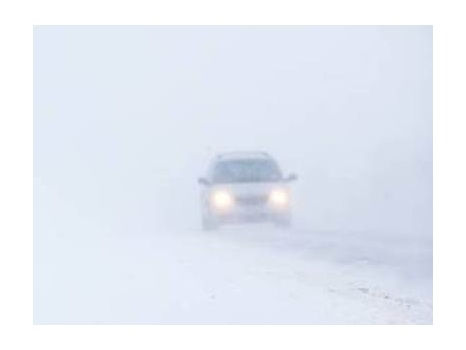Digital Audio Providers Have Data, But Marketers May Want More In A No-Cookie World.
- Inside Audio Marketing

- Aug 25, 2023
- 2 min read

Publishers may think their first-party data is the best way for marketers to adapt to the loss of tracking cookies, but advertisers are less bullish on relying on the data that comes directly from the media company that stands to benefit. Instead, buyers are more inclined to favor the data collected by advertisers as well as mixing in contextual advertising, according to global marketing firm WARC as they project where programmatic advertising is heading in the next 12 months.
“The efficacy of programmatic – automation, real-time measurement and sophisticated targeting – are being threatened by the growing push for data privacy and the demise of the third-party cookie,” says WARC’s Paul Stringer, who authored the report. “While programmatic advertising may have failed to live up to its early promise, change is afoot and a new wave of growth and development beckons.”
Nearly three-quarters (71%) of digital spending will be transacted programmatically across various platforms in 2023, per Dentsu. Yet 62% of marketers are only moderately confident (or worse) in their data, analytics, and insight systems according to WARC, which says the growth of programmatic media is being fueled by emerging channels including digital audio like streaming radio and podcasting, as well as gaming, connected television, digital out of home and retail. WARC says the promise of those emerging channels lies in their ability to combine the mass reach of linear channels like radio, with the more sophisticated buying, targeting, and measurement capabilities of digital media.
But the last of confidence in the data poses a number of challenges according to the report. Among them is the holistic and standardized set of data by which to measure media across channels. As investment in media continues to fragment, WARC says advertisers are battling to standardize data across channels. In the meantime, it’s opening the potential for ad fraud. WARC Says fraud is “pervasive across the entire programmatic ecosystem” but says there is particular concern in new, high-demand channels such as CTV.
“In a post-third-party cookie world, the biggest challenge for advertisers is that there isn’t a ubiquitous one-size-fits-all answer,” says Leah Askew, Senior VP/Head of Precision Media at Digitas North America, “They have components of how they’ll move forward, but no one is completely clear on how it’ll all come together, just yet.”

Despite some improvements, the programmatic ecosystem remains rife with waste. The Association of National Advertisers conducted a study that revealed that nearly a quarter (23%) of the annual $88 billion spent on programmatic advertising is wasted.
To reduce wastage on programmatic, WARC says many advertisers are focusing on more direct routes to inventory by cutting out supply path intermediaries that they deem unnecessary. Others are bringing capabilities in-house to increase visibility and control over programmatic trading.
“Advertisers can often get excited about the latest programmatic innovation but it’s often the more pragmatic, best practice operational components that, if addressed first, can drive a positive impact tomorrow,” said Pranay Damji, Programmatic & Ad Tech Consultant at ID Comms.
Download a copy of WARC’s The Future of Programmatic report HERE.




Comments